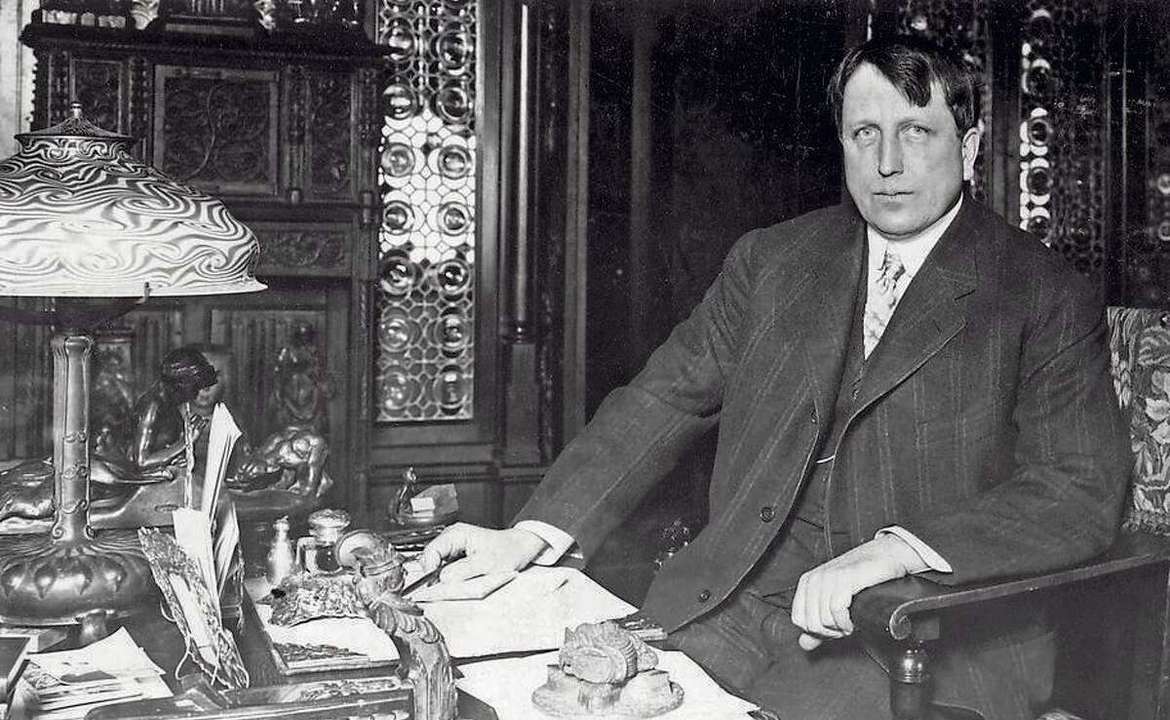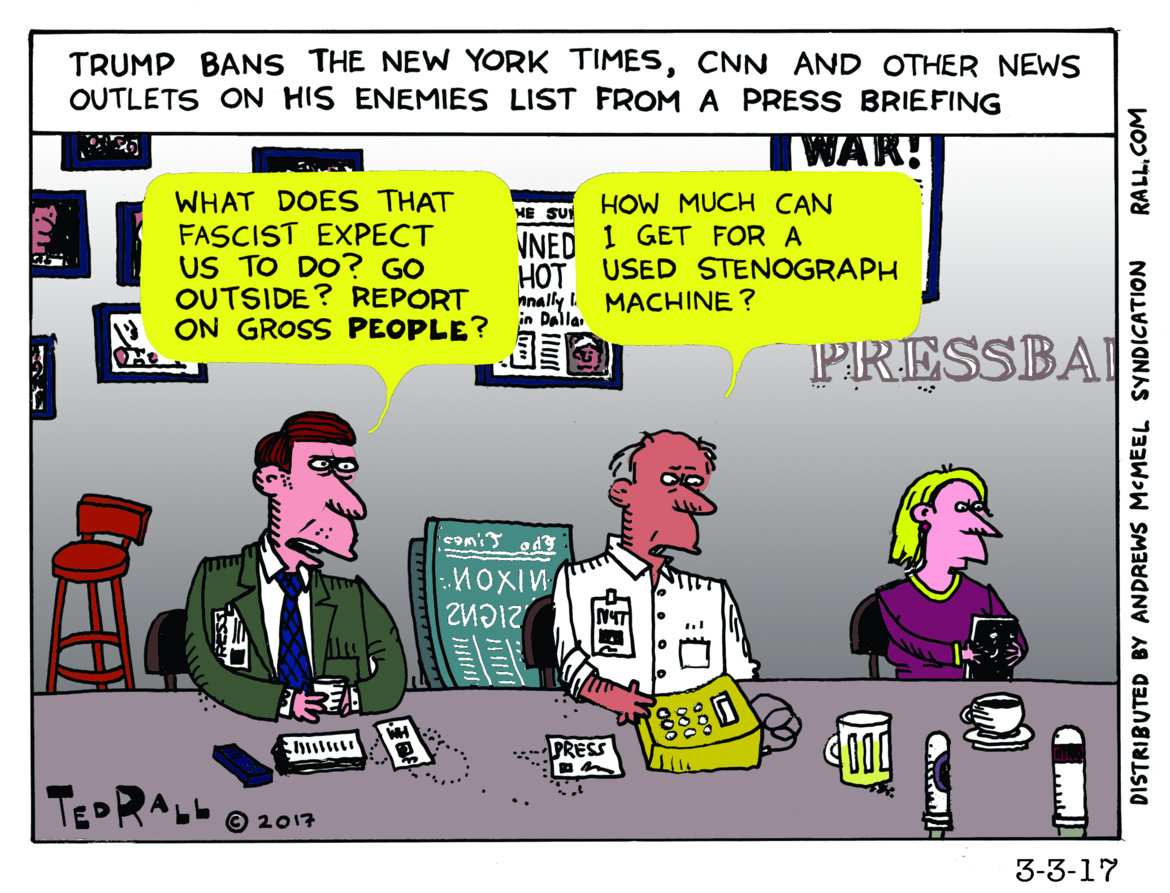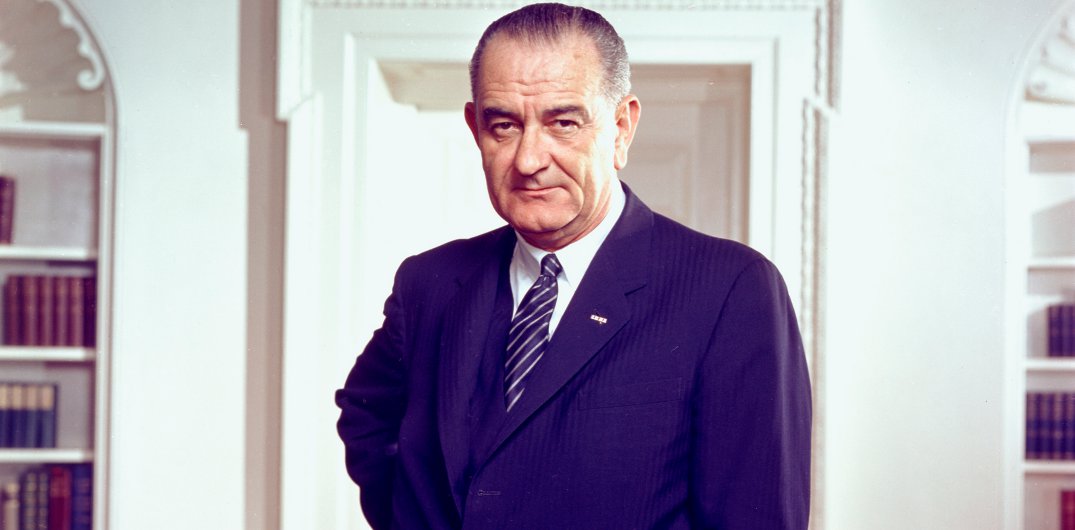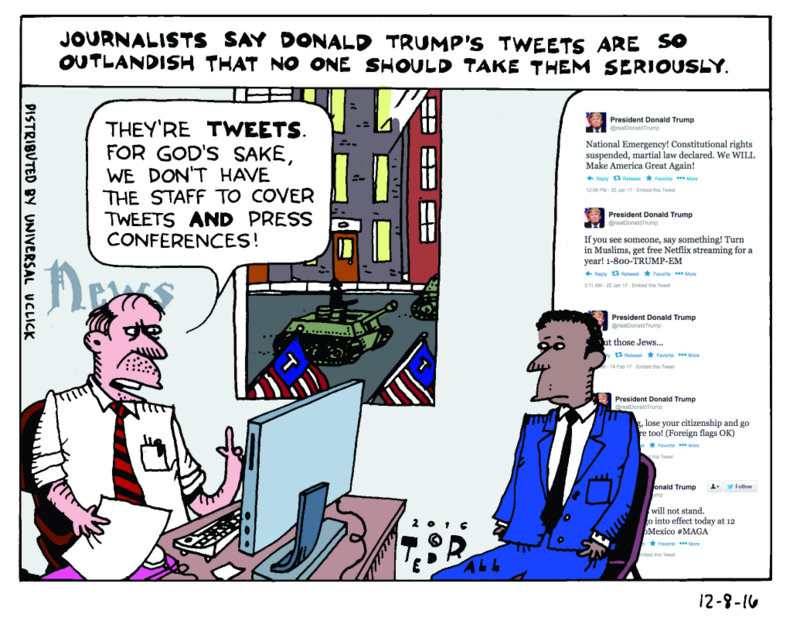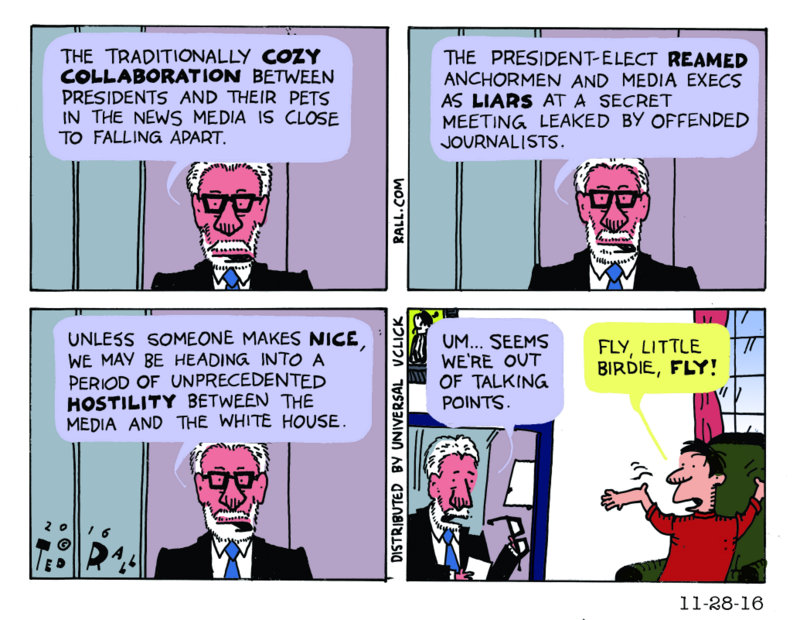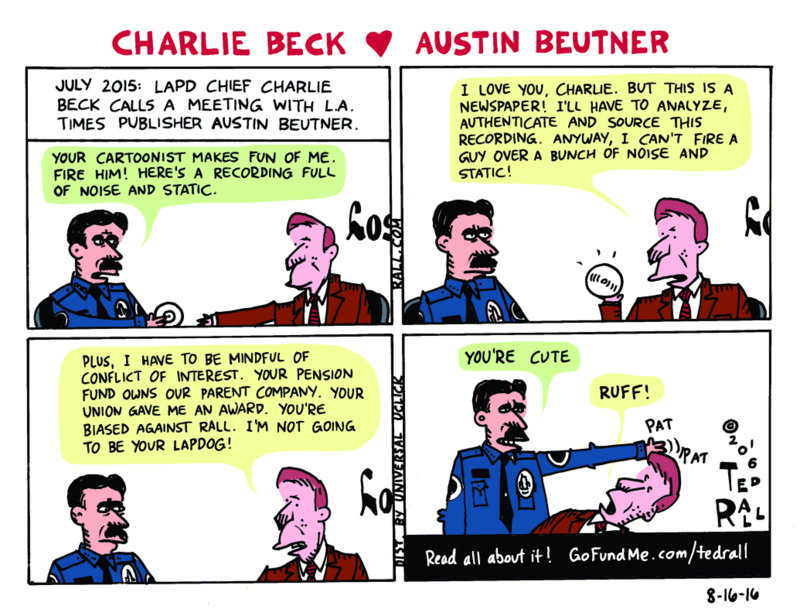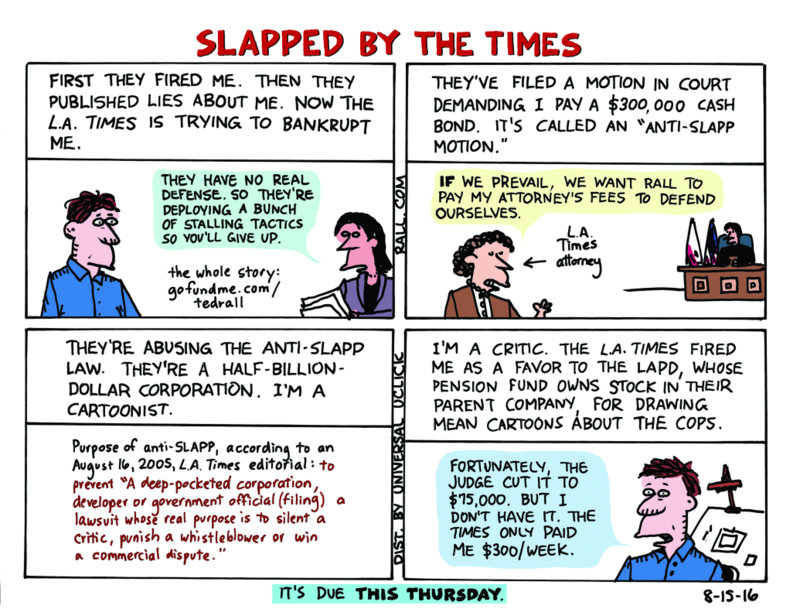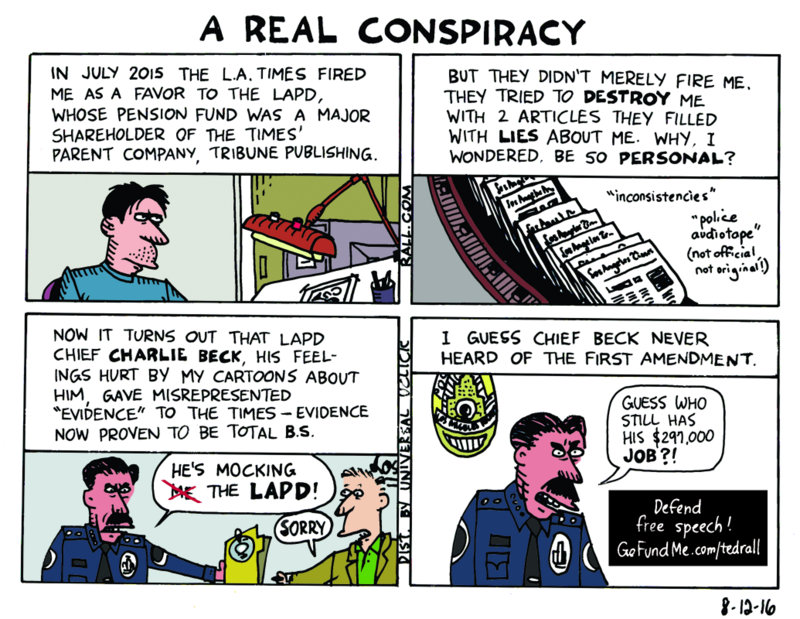Stories about protagonists who’ve been misguided their whole lives about something very important have been emerging in our culture for generations, and they continue to delight audiences at the box office to this day. The pauper was really a prince. Luke was Darth Vader’s son. Keanu Reeves had been living in a computer simulation. Bruce Willis was really a ghost. Jim Carrey’s whole world was the set of a TV show, and everyone in his life had been lying to him since his infancy. This theme repeats so often because it strongly resonates with people. And it strongly resonates with people because it’s exactly what is happening.


